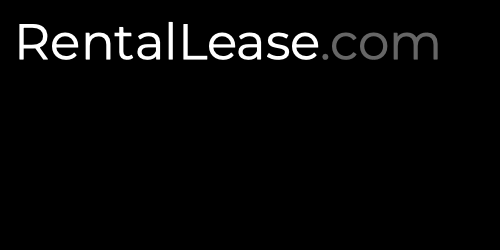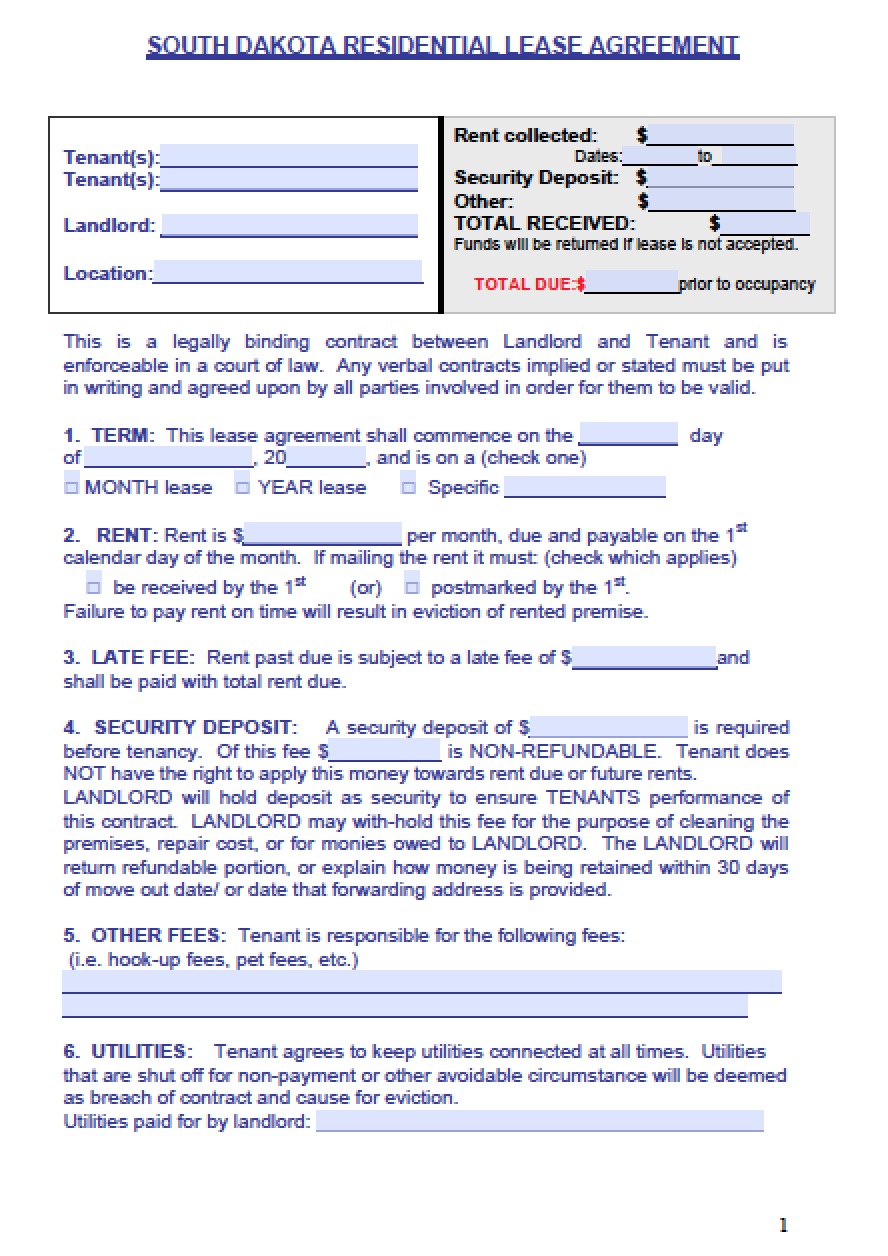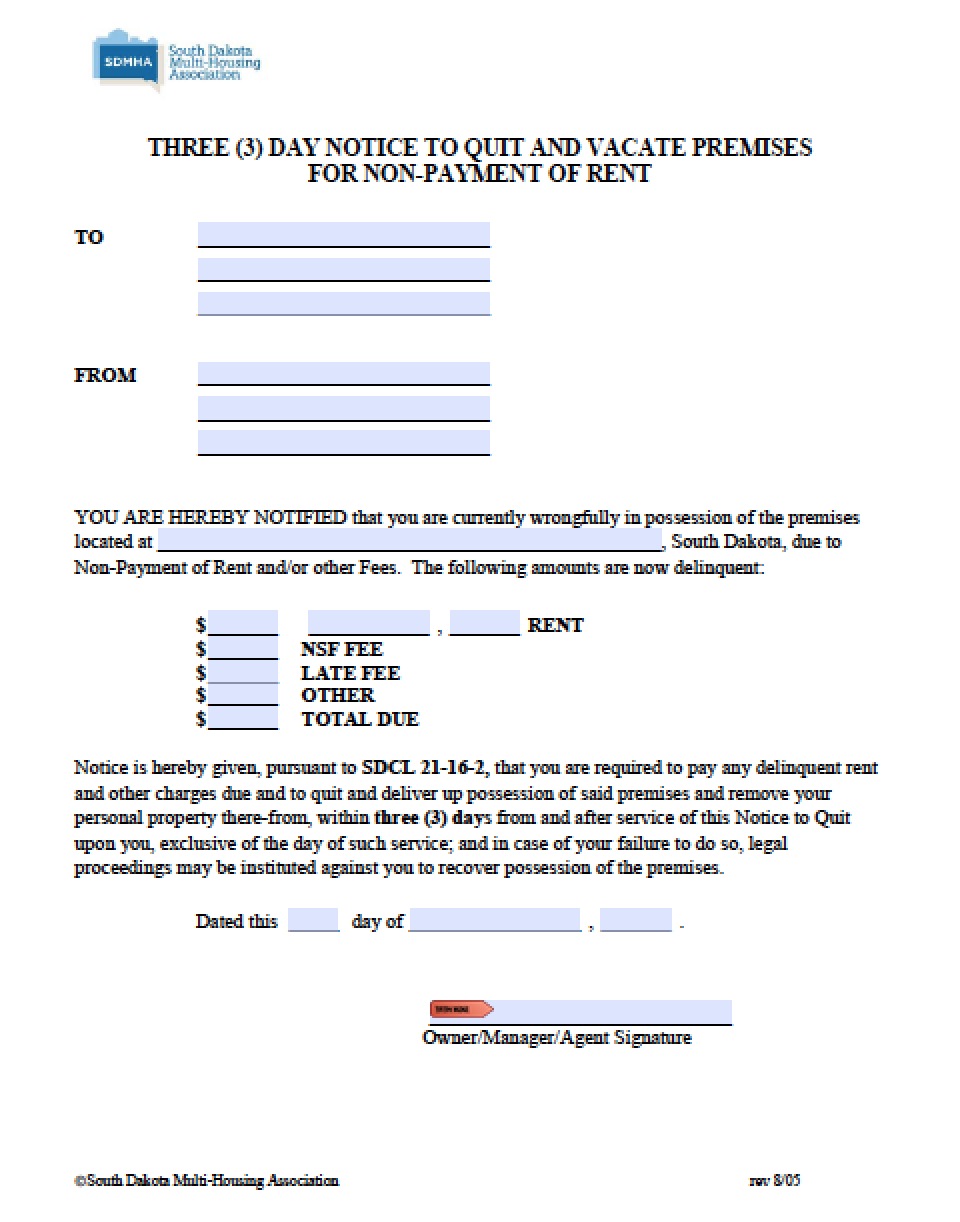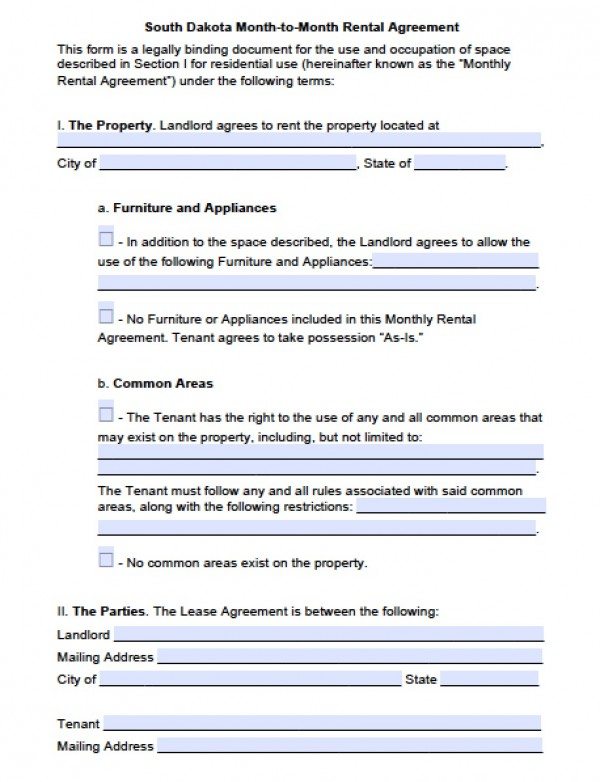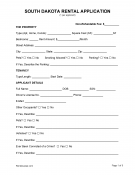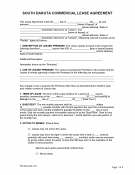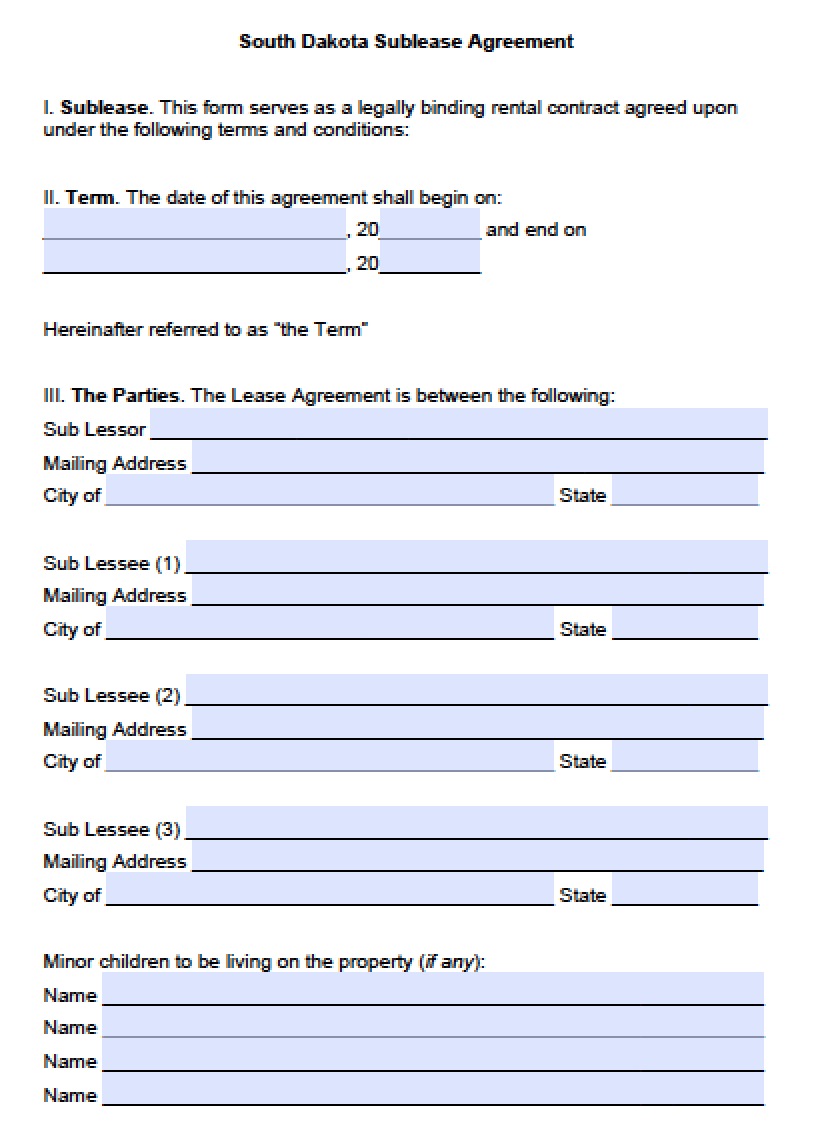The South Dakota lease agreements are documents pertaining to the renting of residential and commercial property. A rental contract will include terms and conditions regarding the property in question, provisions by which the landlord and tenant must abide. Before a lease agreement is signed, the two parties should negotiate all terms to ensure the arrangement is fair for both sides. This list of documents also provides forms that may be useful to a landlord before and during a lease agreement, such as the rental application form and a rent payment default notice.
South Dakota Rental Lease Agreement Templates | PDF
South Dakota Lease Agreements
The South Dakota standard residential lease agreement is a written contract between a property owner and/or manager and an individual looking to rent an apartment, house, or other residential space. The document specifies the terms and conditions between the parties including rent amount, payment date, lease term, security deposit, tenant responsibilities, etc. Before signing the document, the tenant and landlord should negotiate the terms so the rental arrangement is fair to both parties. One (1) year is the standard term…
The South Dakota three (3) day notice to quit is a document that is served by a landlord upon a tenant who has defaulted in accordance with the law and the lease agreement. This can mean a default payment of rent or if a tenant holds over after the termination of the lease. In accordance with state law, the lessee has three (3) days to remedy the situation or face eviction. If the tenant does not pay the amount due,…
The South Dakota month-to-month lease agreement is a document that allows a landlord and tenant to come to agreeable terms regarding the use of residential property. This rental contract is applicable to temporary rental arrangements wherein both parties are able to terminate the contract without reason (certain conditions still apply). Furthermore, there is no fixed termination date and the lease renews each month unless either party terminates. All other terms of renting residential property will apply, meaning the tenant will have…
The South Dakota rental application is used by landlords to help them decide if a tenant is suitable for a lease agreement. The landlord may ask for a non-refundable fee which should be used to perform the background check as well as any applicable administrative costs on the lessor. Once the application is accepted, the landlord will have the legal right to verify the tenant’s credit report, employment status (and history), renting history, and any references included for the character…
A South Dakota commercial lease agreement is a contract outlining a rental arrangement between a tenant and an owner of retail, office, or industrial property. The main part of the contract will deal with the rental payment, how it is calculated, and the options to renew the length of the lease. Because the use of the property is business-related, the landlord of the property will want to ensure the entity is capable of paying for the space. Once the main…
The South Dakota sublease agreement is a document that is used to allow a tenant currently occupying a residential dwelling (sublessor) to rent all or a part of the space to another individual (sublessee). The rental contract between the landlord and the sublessor remains intact but the sublessee will deal directly with the original tenant. The sublessor is fully responsible for the sublessee and any non-payment or damage to the premises shall be directly reflected upon the sublessor. The sublessor…
STATE DISCLOSURES
Methamphetamine Labs (§ 43-32-30) – If the landlord has any knowledge of prior use of the premises for a meth lab, the tenant needs to be informed. See Landlord's Cleanup Guide.
Lead-Based Paint – Required for every housing unit in the United States built before 1978 due to this hazardous material located in the undercoatings of the walls and ceiling. If this is applicable, all lessees must watch for any type of chipping or paint that may be cracking on the premises.
SECURITY DEPOSITS
Maximum (§ 43-32-6.1) – The landlord may only charge a maximum security deposit equivalent to that of one (1) month's rent. In certain circumstances, and only if agreed upon in writing by both parties, a landlord may demand a larger security deposit if the maintenance of the property would be subject to abnormal wear and tear.
Returning (§ 43-32-24) – The landlord must return any and all funds associated with the deposit within two (2) weeks.
LANDLORD'S ACCESS/ENTRY
A landlord must provide twenty-four (24) hours' notice before entering a tenant's rented property unless an alternate time is agreed upon in the lease (§ 42-32-32).
